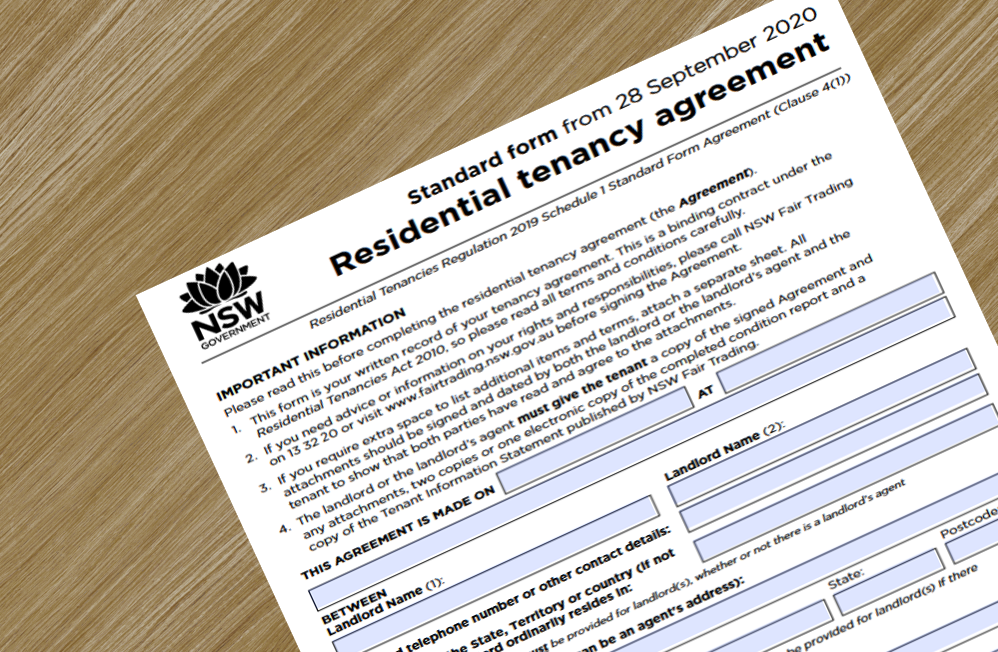As housing affordability concerns intensify, governments around the world are implementing rent control measures. From Berlin’s bold experiment to Scotland’s recent legislation and further proposed changes, governments continue to explore how to make housing more affordable. But do rent caps help or hinder in the long run?

Understanding Rent Controls
Rent controls come in various forms. Some jurisdictions cap absolute rental amounts, while others limit annual increases. Modern approaches tend to favour “soft” controls – allowing regulated increases and cost pass-throughs – rather than strict price ceilings.

The Regulatory Landscape
In Australia there is no national rent control system, but state-level experiments are emerging. Victoria led the way in 2021, restricting rent increases to once yearly and requiring landlords to justify significant hikes. Other states implemented temporary caps during COVID-19, sparking broader discussions about permanent measures.
In New South Wales significant rental reforms took effect in September 2023, marking the state’s most substantial tenancy law changes in decades. The reforms limit rent increases to once every 12 months, and landlords must justify rent increases.
The Australian Greens advocated for national rent caps as part of their housing affordability platform, proposing to limit rent increases to 2% per year. They softened their stance when journalists identified that this policy would worsen the housing crisis in the longer term.
The United Kingdom has also seen increased rent controls. Scotland introduced emergency legislation in 2022 with the Cost of Living Act, initially capping rent increases at 3% for private tenancies, with provisions for landlords to apply for increases up to 6% in certain circumstances. This legislation may be modified again in the near future.
In England, the Renters (Reform) Bill, introduced to Parliament in May 2023, represents a significant shift in rental market regulation. A key provision limits rent increases to once per year. The bill proposes converting all tenancies to a single system of “periodic tenancies,” effectively ending fixed-term contracts and making all tenancies open-ended.

Market Impact Evidence
Research from the Brookings Institution has found that while rent control appears to help current tenants in the short run, there are significant long-term consequences. A study of San Francisco’s rent control expansion in 1994 found that while protected tenants saved between $2,300 and $6,600 per year, landlords reduced the supply of rental housing by 15% by converting to condos or other uses.
In Stockholm, where comprehensive rent controls have existed for decades, the housing queue managed by the city’s Housing Service (Bostadsförmedlingen) reported an average wait time of 9 years for an apartment in 2022, demonstrating the severe supply constraints in regulated markets.
Berlin’s 2020 rent cap experiment (Mietendeckel) provided a recent case study. According to the German Institute for Economic Research (DIW Berlin), during the cap’s implementation, the supply of rental apartments in Berlin decreased by 60% compared to the previous year. The policy was ultimately struck down by Germany’s Constitutional Court in 2021.
New York City’s rent stabilization system, affecting approximately 50% of rental units according to the NYC Rent Guidelines Board, demonstrates the creation of a two-tier market. A 2019 study by the Urban Institute found significant maintenance disparities between regulated and market-rate units.
These findings should not come as a surprise. Basic economic principles demonstrate that interference in markets can have undesired effects.

Alternative Approaches
Some jurisdictions are exploring more nuanced approaches. Paris introduced “rent reference zones” in 2015, allowing rents to vary within bands based on location, property size, and other characteristics. Tokyo has maintained relative housing affordability through aggressive housing supply policies rather than price controls, with a 2019 Financial Times analysis showing that Tokyo’s housing construction rates consistently exceeded those of major English-speaking cities.

Looking Forward
The evidence suggests that while rent caps can provide immediate relief to sitting tenants, they’re not a silver bullet for housing affordability. The International Monetary Fund’s 2019 housing market report emphasized that effective housing policy requires a combination of supply-side measures, tenant protections, and market incentives rather than relying solely on price controls.
For policymakers considering rent caps, the challenge lies in learning from global experiences while adapting solutions to local conditions. The data suggests that successful housing affordability strategies must address both immediate tenant protection needs and long-term supply considerations.

Implications for Build to Rent Operators
While every jurisdiction is imposing slightly different rules, the common element is that operators will have less flexibility to adjust rents and evict tenants in future. To put it differently, the cost of making pricing errors is greater, because they are harder to rectify.
Let’s look at a few examples:
- You should have set rents at $1,000 per week, however you charged only $900 because your inexperienced analyst was too cautious. When the lease expires after 12 months you would like to increase the rent to $1,000 however you aren’t permitted to do so because an 11% increase is considered to be unreasonable, or because increases are capped at a lower level.
- Having been badly bitten in the above example, your analyst becomes more aggressive and charges $1,100 per week for similar apartments. Even though she thinks the correct rent is $1,000 per week, she prefers to err on the higher side. That is, she decides it is better to have temporarily vacant apartment than permanently underpriced apartments. The apartments remain vacant for an extended period, foregoing significant rental income.
- A move towards periodic (as opposed to fixed term) tenancies will require a new approach in setting rents, challenging the historical approach of many Build to Rent operators.
With rent ceilings and restrictions becoming more prevalent, optimising rents using Dynamic Pricing strategies becomes more important than ever. Rents might be capped, but the upside of dynamic pricing has no limit.





